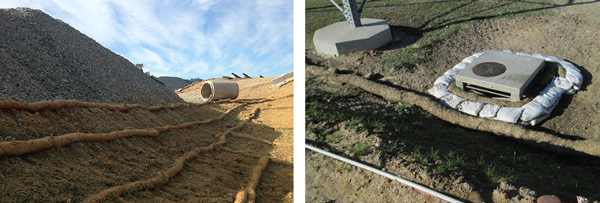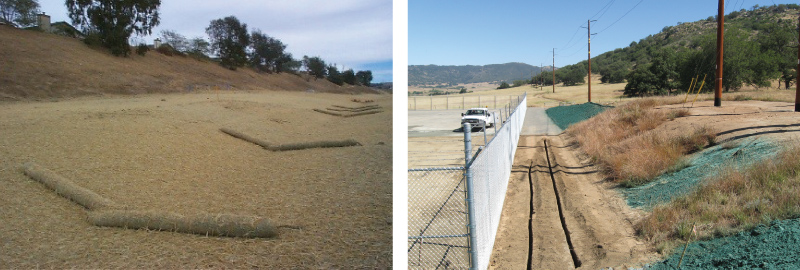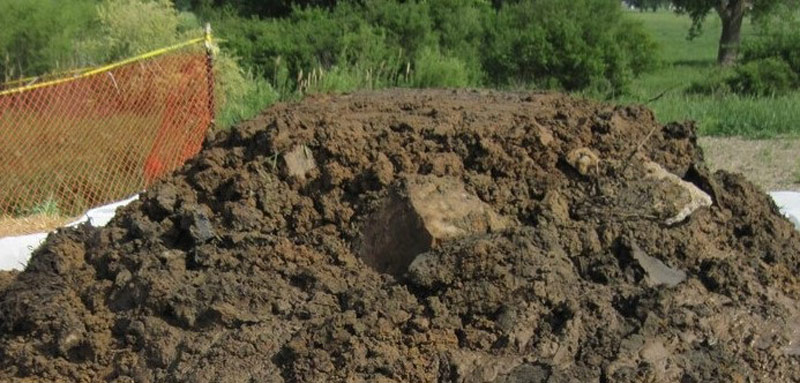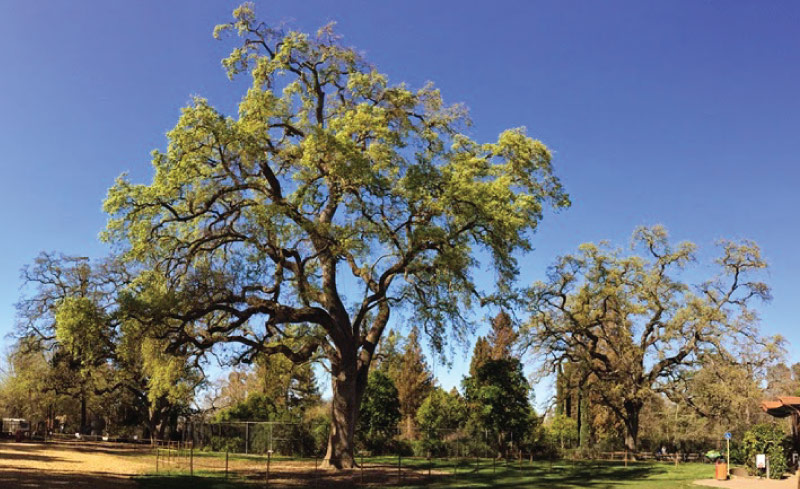Professional and technical environmental consulting services
Our environmental consulting services are tailored to meet the criteria and specification requirements unique to every project.
Creating a stormwater pollution prevention plan is important to be in compliance with accepted storm water management, erosion and sediment controls in your state. Desert Concepts will help you address a facility’s pollutes, identify and recommend the Best Management Practices (BMPs) the facility should implement to reduce those pollutants in stormwater.

The main goal is to prevent pollutants from reaching receiving waters during construction activities whether on the state highway system or development. Desert Concepts has developed a number of plans and resources to assist staff and construction contractors achieve this goal. This complex plan is comprised of BMP details, site maps, spill reports, inspection reports and associated reporting documents.

The Lead Compliance Plan (LCP) provides requirements that outline the risks of potential worker exposure to inorganic lead through inhalation of airborne dust or ingestion of lead from contaminated soils. The LCP also covers potential exposure risk to the public by preventing access to project work areas and offsite migration of dust during handling of impacted soils.

Dust control is required during many activities for health and safety purposes and to prevent contaminant dispersal via air. Desert Concepts will create a Dust Control Plan outlining the requirements and methods for minimizing dust generation during planned excavation. and other activities. The plan helps to identify the steps that will be taken to reduce particulate emissions.

The Excavation and Transportation Plan provides guidelines for the logistical procedures and field work that will be carried out at sites with potential contamination issues or ongoing remediation. Permitting requirements cover a site-specific health and safety plan, excavation boundary site map, a description of subsurface anomalies and a series of cross-sections.

The Endangered Species Control Plan addresses rare wildlife, rare plants, and the critical habitats for a project. The main goal is to protect the existing important functions and values of wildlife habitat during and after construction that are adjacent to or surrounding the project. The plan also provides management opportunities to enhance these attributes upon completion of the upgrades.

The single most important factor in developing the Asbestos Compliance Plan is to ensure that employees and contract workers do not become inadvertently exposed to asbestos fibers. The plan must ensure that all friable asbestos-containing materials are either removed from the workplace, encapsulated, or enclosed.

The purpose of the ISCP is to facilitate the identification, control, and monitoring of invasive vegetation within sensitive environmental areas, such as streams and wetlands. The goal of the ISCP is to prevent expansion of invasive species.

The Phase 1 Environmental Assessments and reporting is commonly used for identifying potential significant environmental liabilities in the subsurface due to previous uses at the subject property or from neighboring properties, especially ones where groundwater is shallow and are up-gradient to the subject property.

Wetland identification and delineation assessments should be conducted as early in the planning stage as possible. Wetlands are most evident before any development planning, engineering designs, or land-use changes have occurred.

The Heritage Tree Surveys are dedicated to the identification and preservation of heritage trees (age, rarity, grouping, overall beauty or historical significance) within the construction sites following the regulations of the city and state.

Archaeological surveying is a specialized type of land surveying conducted to report the finds made in an archeological site or to show the relationship of the archaeological site to the landscape.


CLIENT LIST
- RCK Environmental
- HFS Company
- Anderson Construction
- US Department of Veterans Affairs
- USACE
- NAVFAC SW
- Renewable Energy Partners
- New Energy Equity
- Tesla














